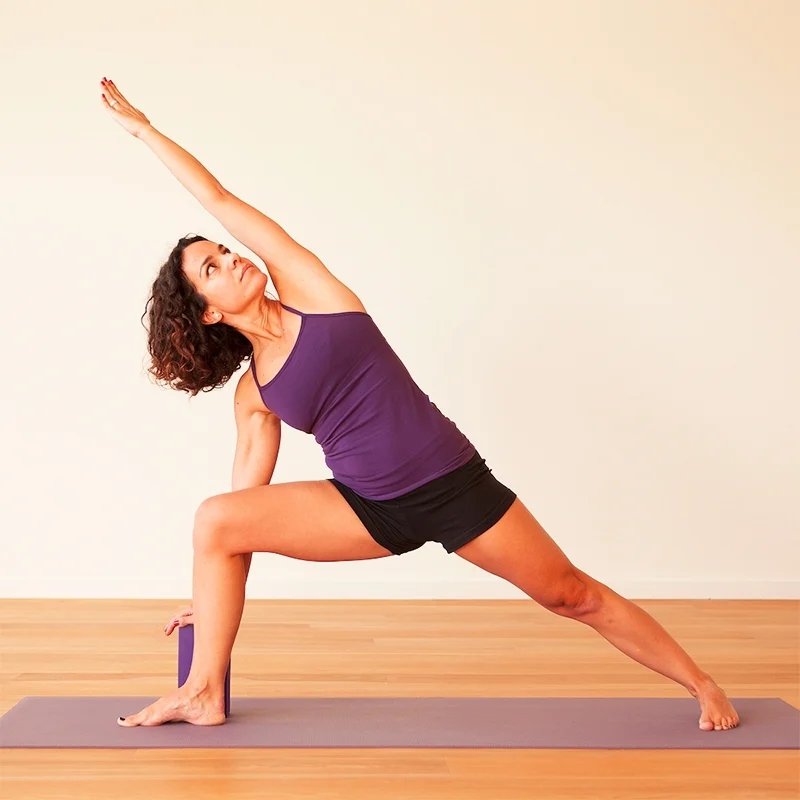I. Introduction

Finding the right frequency for a yoga practice is crucial for maximizing its benefits and creating a sustainable routine. In this article, we will explore the importance of determining how many days per week to practice yoga and the factors to consider in making this decision. By understanding the benefits of regular yoga practice, we can better assess our individual needs and strike a healthy balance in our practice.
II. Understanding the Benefits
a. Physical benefits
Regular yoga practice offers numerous physical benefits. With consistent practice, individuals can experience increased strength, flexibility, and balance. The various yoga poses and sequences help to tone and condition muscles throughout the body. Additionally, performing yoga postures correctly can improve posture and body awareness, leading to better alignment and reduced risk of injury.
Yoga also contributes to enhanced stamina and cardiovascular health. The flowing movements, combined with deep and mindful breathing, create a cardiovascular workout that increases heart rate and improves overall cardiovascular function. With regular practice, participants can build endurance and stamina, leading to better overall fitness.
b. Mental and emotional benefits
In addition to the physical benefits, regular yoga practice has a profound impact on mental and emotional well-being. The deliberate focus on breath control and mindful movement creates a state of relaxation, reducing stress and tension. Yoga helps to activate the parasympathetic nervous system, which promotes the relaxation response and decreases the production of stress hormones.
Practicing yoga also improves mental focus, concentration, and mental clarity. The deliberate and controlled movements in yoga require a high degree of concentration, which helps to boost cognitive function and improve focus in daily life. Additionally, yoga encourages mindfulness and present-moment awareness, enhancing overall mental well-being and reducing anxiety and depression.
III. Finding Your Own Rhythm: Assessing Your Goals and Lifestyle

a. Identifying your yoga goals
- Physical fitness and body goals: If your primary focus is building strength, improving flexibility, or achieving specific body goals, you may need a more consistent and rigorous yoga practice to see progress and results.
- Mental and emotional well-being: If you primarily turn to yoga for stress reduction, relaxation, and emotional balance, you may find that a regular but less intense yoga practice suits your needs. It allows you to incorporate yoga as a tool for self-care and mental well-being.
- Spiritual growth and self-reflection: Yoga is also a deeply spiritual practice for many individuals. If you seek personal growth, self-reflection, and a deeper connection to yourself and the world around you, you may benefit from a more frequent and immersive yoga practice.
b. Considering your schedule and commitments
In addition to understanding your goals, it’s crucial to consider your schedule and external commitments when deciding the frequency of your yoga practice. Here are a few factors to take into account:
- Work, family, and social obligations: Assess the demands of your work, family, and social life. Consider your daily and weekly commitments to determine how much time you can realistically dedicate to yoga.
- Other exercise and fitness routines: If you engage in other forms of exercise or physical activities, take into account their frequency and intensity. Balancing yoga with other fitness routines ensures a well-rounded approach to overall fitness and avoids overexertion.
- Personal preferences and energy levels: Tune in to your personal preferences and energy levels. Some individuals thrive on a more structured and disciplined routine, while others prefer a more flexible and intuitive approach. Understanding your energy patterns throughout the day and week can help determine the best times and frequency for your yoga practice.
IV. Recommendations for Frequency: Striking the Right Balance

a. Beginner practitioners
For individuals new to yoga, it is advisable to start with 2-3 days per week. This allows for gradual progress and allows the body to adapt to the demands of the practice. Beginning gradually also helps prevent overexertion and reduces the risk of injury.
As a beginner, it is essential to allow time for recovery and adjustment. You may experience some muscle soreness and fatigue in the initial stages, so listen to your body and take rest days as needed.
b. Intermediate practitioners
As you progress in your yoga practice and begin to develop strength, flexibility, and understanding of the poses, you may consider increasing your practice frequency to 3-5 days per week.
With more consistent practice, you can deepen your understanding of the postures and experience greater benefits. Complementing your yoga practice with other forms of exercise, such as cardio or strength training, can help create a well-rounded fitness routine.
c. Dedicated practitioners
However, it is important to note that in this case, adjusting the intensity and duration of each session becomes crucial to prevent burnout and overexertion. Alternating between more intense practices and more gentle sessions can help strike a balance and avoid physical and mental exhaustion.
By customizing your yoga practice frequency based on your experience level and individual goals, you can find the right balance and establish a sustainable routine that supports your well-being and growth.
V. Listening to Your Body: The Importance of Rest and Recovery
a. Recognizing signs of overexertion and fatigue
While establishing a consistent yoga practice is important, it’s equally crucial to listen to your body and recognize the signs of overexertion and fatigue. Pushing yourself beyond your limits can lead to burnout and potential injury. Here are some signs to watch out for:
- Physical discomfort or pain: Pay attention to any persistent or worsening physical discomfort or pain during or after your yoga practice. This can include muscle soreness, joint pain, or any sensations that feel out of the ordinary. These discomforts are signals from your body that it needs rest and recovery.
- Mental or emotional exhaustion: Yoga is not only a physical practice but also a mental and emotional one. If you find yourself feeling mentally drained, emotionally overwhelmed, or constantly fatigued, it may be a sign that you need to take a step back and give yourself time to rest and rejuvenate.
- Decreased performance or motivation: If you notice a decline in your physical performance, such as difficulty executing poses or reduced strength and flexibility, it might be a sign of fatigue. Similarly, a lack of motivation or enthusiasm for your yoga practice can indicate the need for rest and recovery.
b. Incorporating rest days and alternative practices
Consider the following strategies to give your body the time it needs to restore and replenish:
- Gentle yoga, stretching, or meditation on rest days: On your rest days, engage in more gentle forms of yoga. These practices focus on deep stretching, relaxation, and mindfulness. They provide an opportunity to nurture yourself, release tension, and promote recovery.
- Exploring other mindful movement or relaxation techniques: Consider incorporating other mindful movement practices that complement your yoga practice, such as Pilates, tai chi, or gentle walks in nature. These practices can provide variety and give specific muscles a break while still nurturing your body and mind.
Remember that rest and recovery are just as important as the active practice itself. By honoring your body’s need to rest, you will prevent burnout, reduce the risk of injury, and allow your body to adapt to the demands of yoga more effectively.
In conclusion, listening to your body and prioritizing rest and recovery is crucial for maintaining a healthy and balanced yoga practice. Recognizing signs of overexertion and fatigue is vital in avoiding burnout and preventing injury. By incorporating rest days, engaging in gentle practices, and exploring other mindful movement techniques, you can provide the necessary time for your body to recover and rejuvenate.

